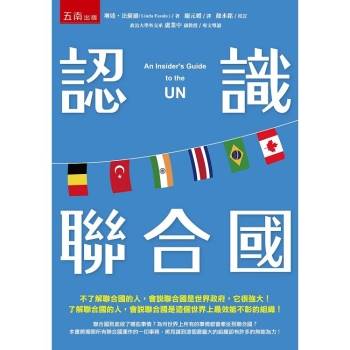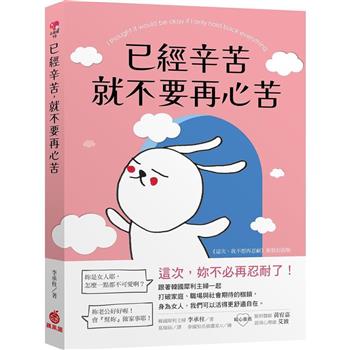This volume is a theoretically informed comparative analysis of the telecommunications and information policy-making process in two major developing economies, China and India.
With a focus on how policies are made rather than what those policies are, the book investigates how policy actors interact within institutional structures to define policy problems and identify potential solutions. The authors explain the evolution of these policy-making systems as the two countries liberalized their economies and opened their media and telecommunications systems to competition over the past two-and-a-half decades.
With applications in numerous international contexts, this book will be of interest to scholars and practitioners in public policy studies, telecommunications, business, development economics, political science, Asian studies, and public administration.











